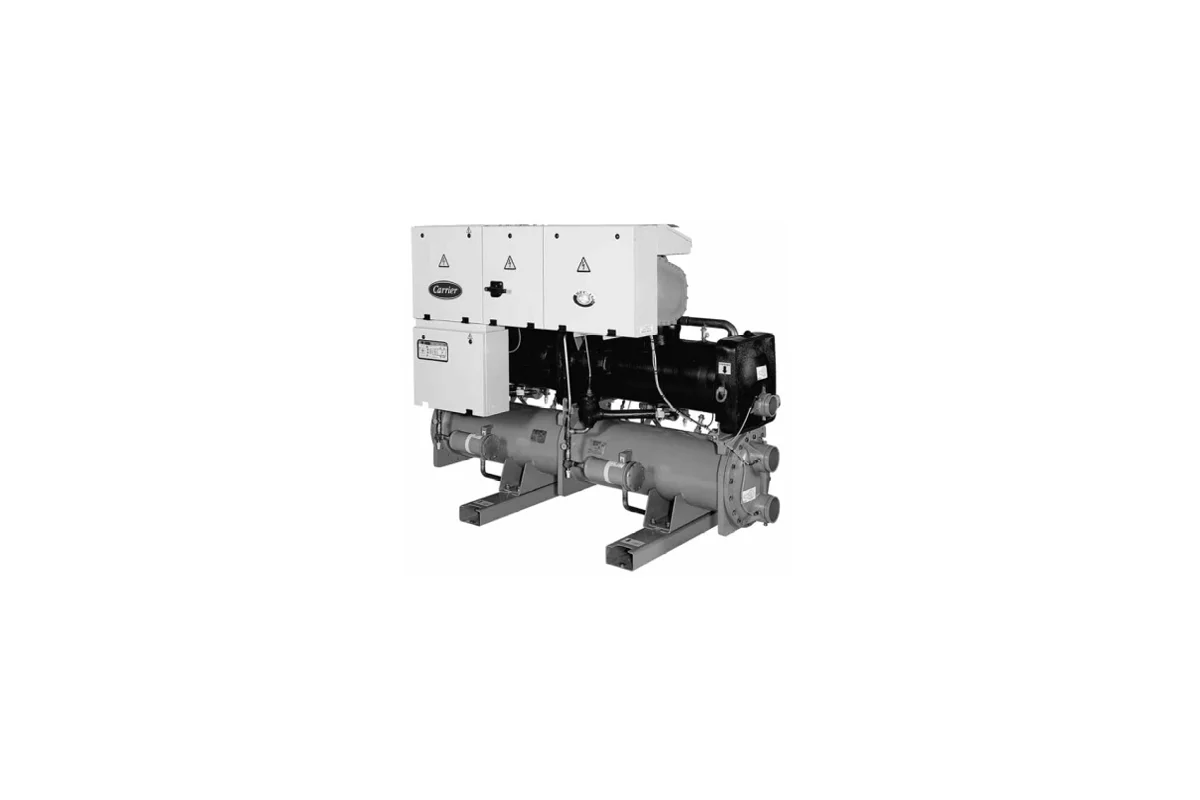Problem statement
High base load in heat energy: A constant base load in heat energy means a continuous high energy requirement for heating or process heat, regardless of seasonal or daily variations. This could be due to continuous production processes, poor insulation, or inefficient energy sources. Consequences include high costs and reliance on non-renewable energy.
Uneven cooling energy: Variations in cooling energy demand can be due to factors like production peaks, different storage requirements, or inefficient control of cooling systems. A "cliff-like" pattern indicates sudden load changes that burden systems and reduce efficiency. Consequences include energy losses, increased operating costs, and wear on cooling systems.
Challenge for energy management: The combination of high base load in heat and fluctuating cooling demand complicates the optimization of energy sources and systems. Solutions include load management, heat recovery, and more flexible energy systems. The challenge Mars faced was optimizing energy consumption and reducing CO₂ emissions in its Breitenbrunn factory while ensuring a reliable supply of heating and cooling for production. To address this, Mars installed a base load heat pump that simultaneously provides heating and cooling. This system significantly lowers energy consumption and CO₂ emissions, helping the company achieve its goal of CO₂-neutral production without relying on fossil energy sources.
Main outcome
The results by implementing the base load heat pump in the MARS Factory in Breitenbrunn showed that almost the whole demand of heat energy can be covered by the base load heat pump through the high cooling demand in summer, while in winter the heat cover drops due to the lower cooling requirements. The annual energy situation showed that the base load heat pump saved about 50% of natural gas consumption while the electrical energy increased only slightly.









